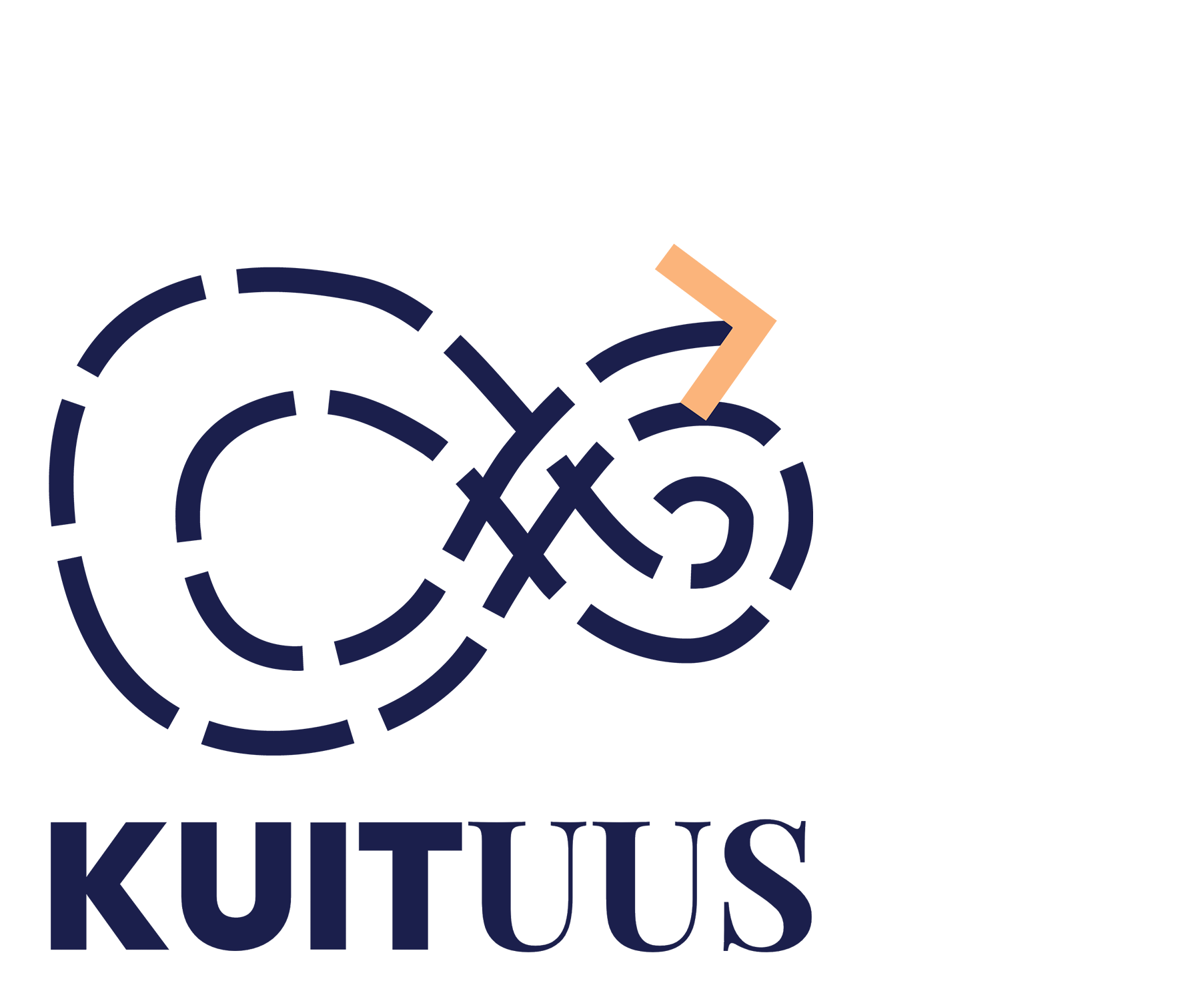30 Nov Podcast 10: Product design aligned with the circular economy requires new kind of thinking
Approximately 80 % of environmental impacts of products are determined during the design phase of a product. This is why product design in particular is in a central role in the circular economy transition. Usable materials, life cycle, repairability and recyclability – and in general, the need that will be met with the product – should be considered when designing products. The founder of the circular economy design company Niimaar, Enni Karikoski, encourages to critically scrutinise the reasons for making a product:
“Will the product be used for a long time or has it been made to last only for a few days? Is there a good enough reason to make this product?”
The starting point for design could be the user’s need or a problem that could be solved with the product or service. However, a specific material can also act as a cornerstone for design. For example, a recycled textile fibre provides a more durable alternative to virgin cotton whose low price does not correspond to the environmental impacts and the work required by cotton fibre production.
”We have to think about how we produce what we produce and what kind of impacts it will have in five or ten years – or even more long-term. I, at least, do see that we have boxed ourselves into a corner where we do not see any value in what we are throwing away. This means that we do not value the raw material either”, says Anna Garton who is in charge of the sales of recycled textile fibre at Lounais-Suomen Jätehuolto (Southwest Finland Waste Management Ltd).
End-of-life textiles should be seen as a valuable raw material instead of a problem. In terms of product design, recycled fibre requires a new kind of thinking compared to virgin raw materials. The length, the quality and the colour of a recycled fibre vary depending on recyclable textiles so it is important to adjust the production process to fit the desired use. Garton emphasises that this is still not a compromise material.
”It just creates new challenges. And guides our creativity, thinking and product design into a different direction. There are necessarily no ready-made, traditional solutions.”
In advancing the circular economy, sharing information is in a central role. It is important to increase the understanding of both designers and consumers on the impacts of material choices so that the recyclability of a product at the end of its life cycle is possible. For example, elastane, blended fabrics as well as extra buttons, zippers and sequins in clothes create challenges at the recycling phase. Designers cannot overcome circular economy challenges on their own – therefore, circular economy thinking should be integrated into business strategies and circular economy actions should be supported, for example, with the EU legislation.
At the core of the circular economy transition is the thought that is familiar from nature: all materials circulate. This creates new challenges and requires changes also in our way of thinking. However, both Garton and Karikoski are hopeful – open-mindedness and creativity are a part of the solution.


